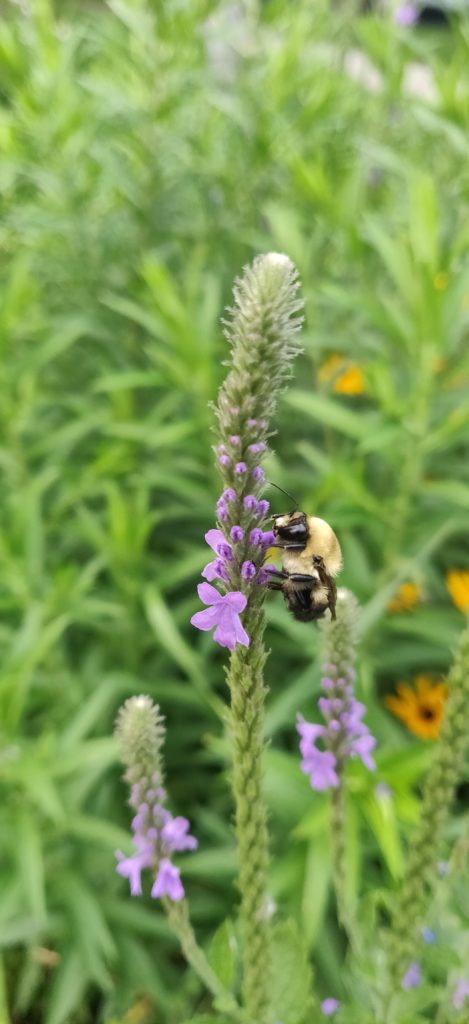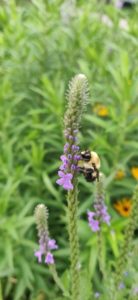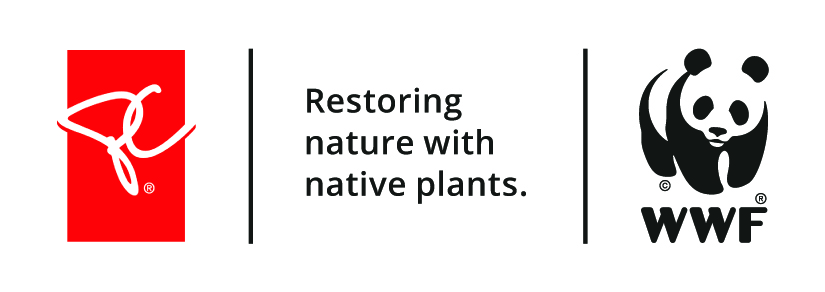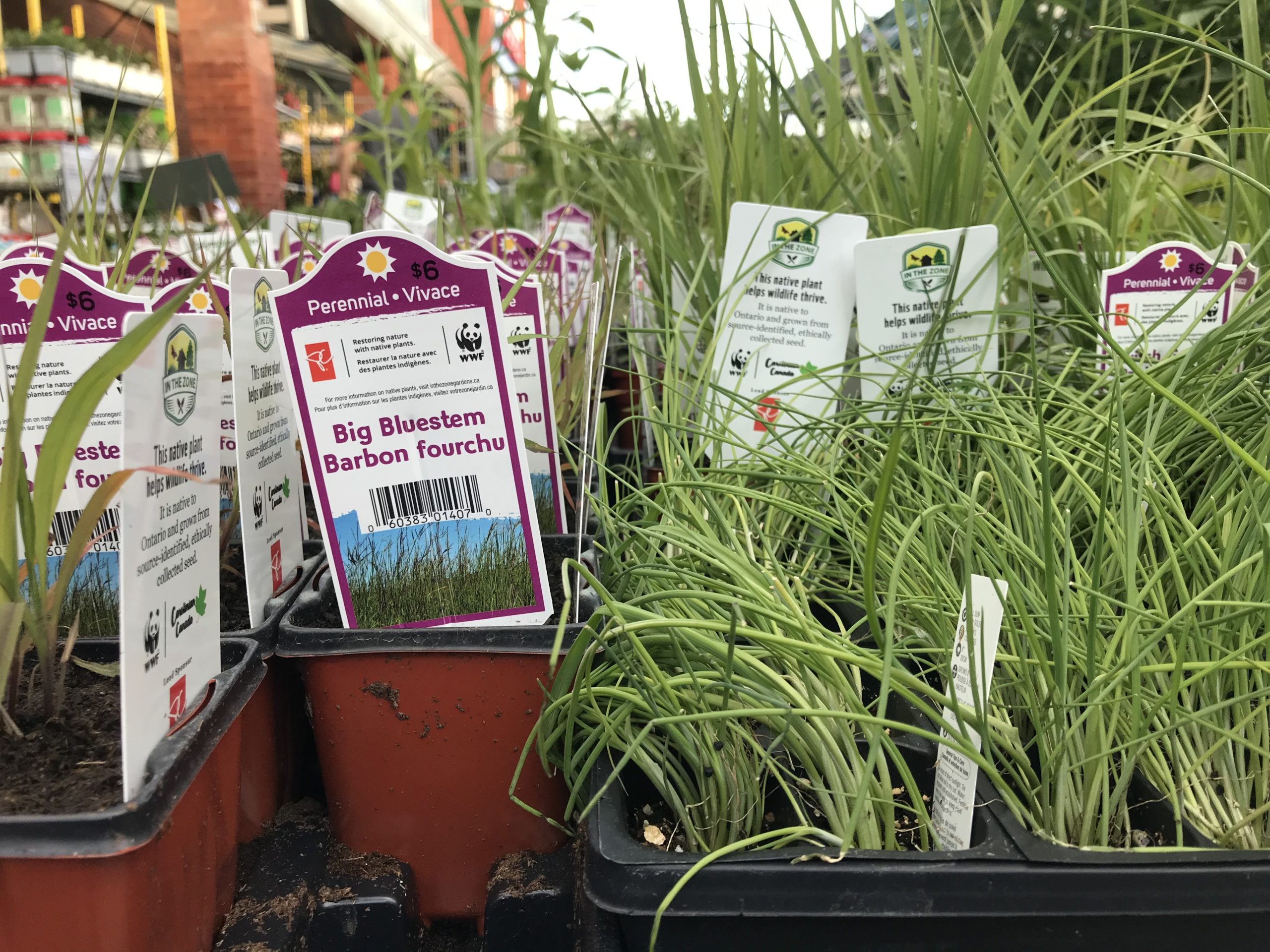All you need to know about native plants
All you need to know about native plants
Welcome to In the Zone
Thank you for your interest in native plants. Whether you bought this plant at a Loblaw garden centre or want to know more while shopping for your garden or balcony, here’s what you need to know about In the Zone and native plants.
What you plant matters! Native plants provide food and habitat for wildlife, opportunities for carbon storage, flood mitigation and beautiful flowers and foliage for us to enjoy.
When you plant a native plant in your garden or on your balcony, you are helping to restore nature and ecosystems in your community. These plants provide food and habitat for pollinators like bees and butterflies, as well as other wildlife. With In the Zone, you can grow gardens that help native species thrive!

© Sarah Pietrkiewicz
What are native plants?
Native plants are the gold standard for attracting pollinators and restoring wildlife habitats. Plus, they help build all-season, gorgeous gardens that are resilient to climate change.
The In the Zone tag indicates that the plants are:
- Native to the region
- Sourced from a local, known original wild population
- Grown from seeds that have been collected ethically
- Genetically diverse (not propagated clones)
- Wild-type plants (not cultivars/nativars)
- Grown without neonicotinoids and glyphosate; and other pesticide use is limited
For In the Zone, “native” means that the plant species have evolved over thousands of years in the local environment, and were here before European colonization transformed much of the landscape. Unlike plant species that were brought here more recently, native plants are adapted to local conditions and have deep relationships with other plants and wildlife that have long been in the area.
- Native to the region
- Sourced from a local, known original wild population
- Grown from seeds collected ethically (harvested in a way that does not harm wild populations)
- Genetically diverse (not propagated clones)
- Wild-type plants (not cultivars/nativars)
- Grown without neonicotinoids and glyphosate; and other pesticide use is limited

© Ryan Godfrey

© Ryan Godfrey
How In the Zone works
Whether you’re a gardening expert or are a beginner, it’s simple to garden for wildlife with In the Zone. Your native plant is just the beginning of transforming your space for wildlife.
Sign up
Receive information and updates from In the Zone.
Tell us about your garden
Register any garden or planting project, whether it’s in a yard or container, on a rooftop, in the water or in a community plot. Fill out the In the Zone Tracker baseline survey.
Choose your garden guide and get growing!
Begin growing a healthy woodland, wetland or wildflower garden designed to help wildlife thrive.
Track your impact
As your garden flourishes and starts to attract wildlife visitors, record your garden’s transformation and measure your impact using the In the Zone Tracker. You can contribute your observations to valuable community science databases.
Connect and celebrate
Connect with like-minded gardeners to share stories and successes. Enjoy invitations to special events, gardening workshops and community celebrations.
Join the In the Zone community for guidance, resources and access to fun opportunities to take part in community science. Make your garden part of a larger solution to habitat loss.
Get started today
By planting a single native oak, a patch of milkweed or an entire native plant garden, you’ll be taking the first step to creating an ecosystem in your yard that offers food and shelter to a diversity of bees, caterpillars, butterflies and birds.
Explore strategies for transforming your garden for native wildlife in the Welcome Garden Guide.
Our step-by-step Four Seasons of Wildlife Gardening Guide helps you garden for nature at any point in the year. Just pick your starting season on the wheel and continue clockwise through your first year. You’ll find planning advice and seasonal activities that will help your garden thrive.
Wondering which native plants are the best choice for your garden? Our Planning A Wildlife Garden Guide gives an overview of garden types (woodland, water and wildflower) and conditions, along with a list of easy-grow native plants, wildlife connections and other benefits for each type of garden to help you make an informed choice.
Native plants at Loblaw garden centres
WWF-Canada is pleased to continue its partnership with Loblaw Companies Limited (Loblaw) to source native plants for select garden centres across southern and eastern Ontario and southern Quebec.
Each spring, participating garden centres carry a variety of native plants, including shade-and sun-loving species as well as grasses and sedges, all of which grow easily in local conditions. They’ve been carefully selected and grown by the following Ontario native plant growers and will make excellent habitat for pollinators and other wildlife in your garden:
By choosing plants with the special In the Zone tag, you’re assured to get the best plants possible to help local wildlife thrive.


© Kate Landry
Plants will be available at participating garden centres beginning in early May. Find your store here
